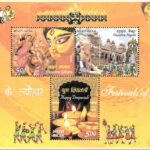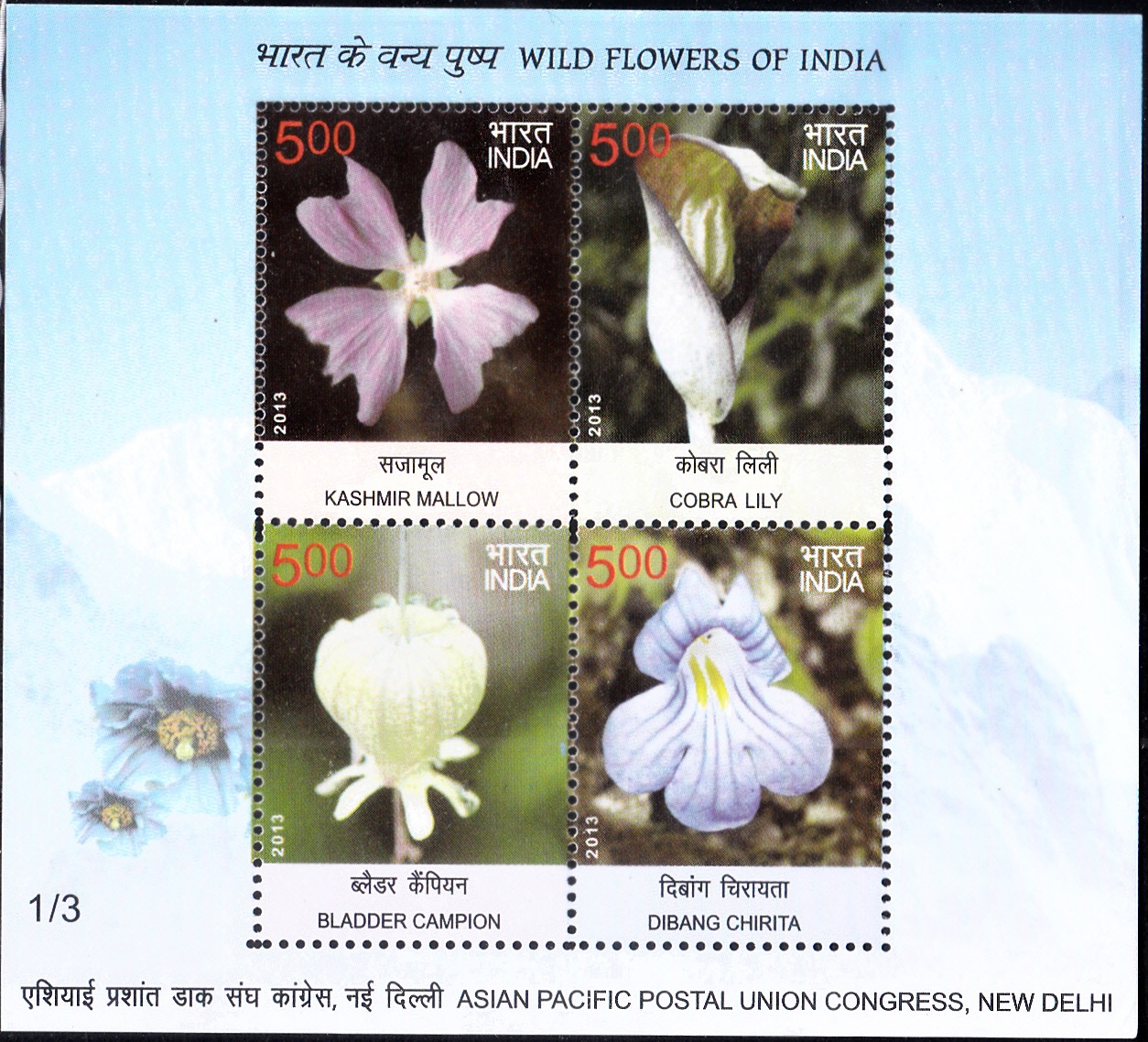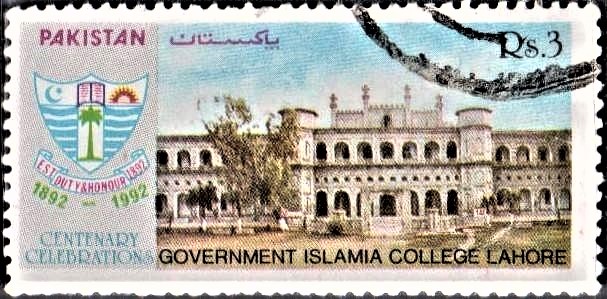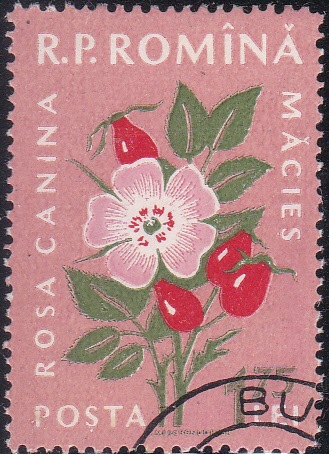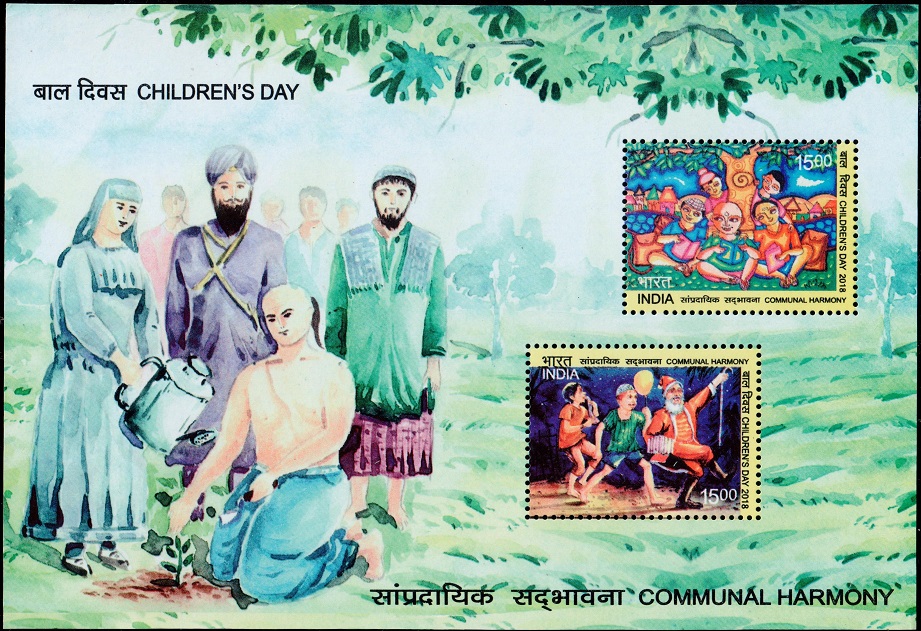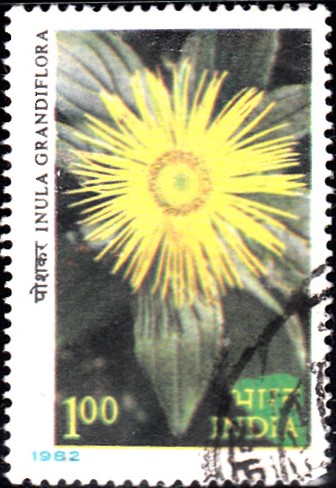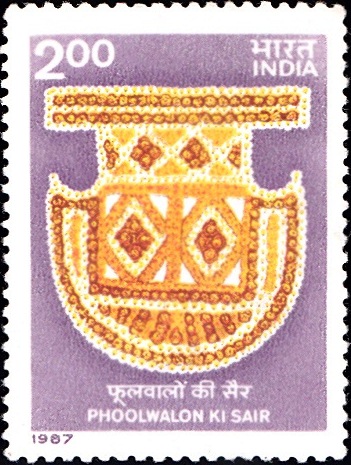
Phoolwalon Ki Sair
A commemorative postage stamp on Phool Walon Ki Sair Festival (procession of the florists), annual celebration by flowers sellers of Delhi :
 Issued by India
Issued by India
Issued on Oct 1, 1987
Issued for : The Department of Posts is happy to issue a postage stamp on the Phool Walon Ki Sair.
Description of Designs : The 200 p. postage stamp depicts a Pankha, as does the First Day Cover. They are based on designs provided by the Anjuman Sair-e-Gul-Faroshan. The cancellation is designed by Smt. Alka Sharma.
Type : Stamp, Postal Used
Colour : Multicolour
Denomination : 200 Paise
Overall size : 3.91 x 2.90 cms.
Printing size : 3.55 x 2.54 cms.
Perforation : 13 x 13
Paper : Imported unwatermarked adhesive gravure coated stamp paper
Number printed : 15,00,000
Number per issue sheet : 40
Printing Process : Photogravure
Printed : India Security Press
About :
- Phool Walon Ki Sair began about 150 years ago as a token of thanksgiving for a prayer fulfilled and has stayed on to become a symbol of harmony. Flowers have been traditionally used the world over for expressing a variety of emotions. In Phool Walon Ki Sair they occupy pride of place in a unique festival of communal harmony and national integration.
- The festival dates back to 1812 during the days of Akbar Shah II, one of the later Mughals. It began with Begum Mumtaz Mahal’s presentation of a ‘Chaddar’ and a ‘Pankha’ at the tomb of Khwaja Bakhtiar Kaki and at the Yogmaya temple. The colourful procession continued through the difficult days of 1857 and even after the fall of the Mughals. In the days of the Raj, the Deputy Commissioner and the prominent citizens of Delhi joined hands to continue the tradition.
- In 1942 the Sair suffered a setback. It was discontinued during the Quit India Movement due to the ‘Divide and Rule’ Policy of the then Government. But 1961 saw the revival of the festival under the former Prime Minister, late Pandit Jawaharlal Nehru who saw it as a ‘symbol of our nation’s integration and communal harmony’.
- A modest revival in 1961 has today become a large scale festival organised for 3 days by the Anjuman Sair-e-Gul-Faroshan. In the recent past, its popularity has increased considerably, and different States send Pankhas as offerings and also troupes of dancers, musicians and singers to perform before thousands of people who gather on the grounds of Jahaz Mahal. The pankha, which is carried jointly by different States and offered at the Dargah and at the temple, is made of flowers and embroidery work representing the craft of various States. Fostering the spirit of emotional integration throughout the country, the festival has acquired national character, as surely as a variety of flowers make a garden.
- Information for text, courtesy: Anjuman Sair-e-Gul-Faroshan.


